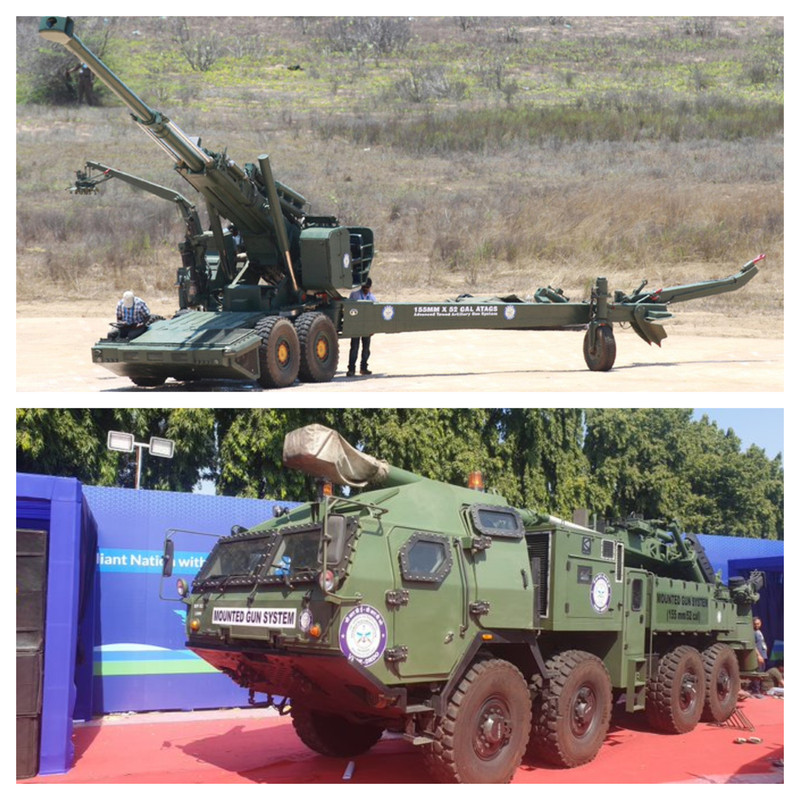SOURCE: RAUNAK KUNDE / NEWS BEAT / IDRW.ORG


The Indian Army is closely analyzing the evolving role of artillery gun systems in recent conflicts, such as the Ukraine-Russia war, and the emergence of new threats like loitering ammunition targeting artillery systems. This assessment has prompted the army to reconsider its requirements for Towed versus Mounted Gun Systems that it intends to procure.
According to reliable sources close to idrw, the vulnerability of towed artillery gun systems, which are stationary and can pose occasional mobility challenges, has become apparent. These systems have suffered significant losses in recent conflicts. On the other hand, self-propelled artillery systems, which can move under their power, have experienced comparatively lower losses. This difference in loss rates may be attributed to the relative mobility of the smaller self-propelled platforms and their proximity to the front lines.
The Indian Army’s demand for truck-mounted artillery gun systems has been relatively modest over the past two decades. However, the changing dynamics of warfare have prompted a shift in this trend. As a result, there may be an increase in orders for lighter 155/39 and 155/52 calibre truck-mounted artillery gun systems, surpassing the initial plans that were made two decades ago. The army recognizes the need to adapt its arsenal to the evolving nature of warfare and the operational requirements on the ground.
By reassessing its artillery gun system requirements and considering the advantages of self-propelled and truck-mounted systems, the Indian Army aims to enhance its operational capabilities and mitigate vulnerabilities. The focus on mobility and adaptability will enable the army to effectively respond to modern threats and maintain a robust defence posture.
As the nature of conflicts continues to evolve, defence forces must stay ahead of emerging challenges and equip themselves with the most suitable and effective weapon systems. The Indian Army’s efforts to recalibrate its artillery gun system requirements demonstrate its commitment to staying abreast of technological advancements and ensuring the safety and effectiveness of its personnel in the face of evolving threats.
NOTE : Article cannot be reproduced without written permission of idrw.org in any form even for YouTube Videos to avoid Copy right strikes